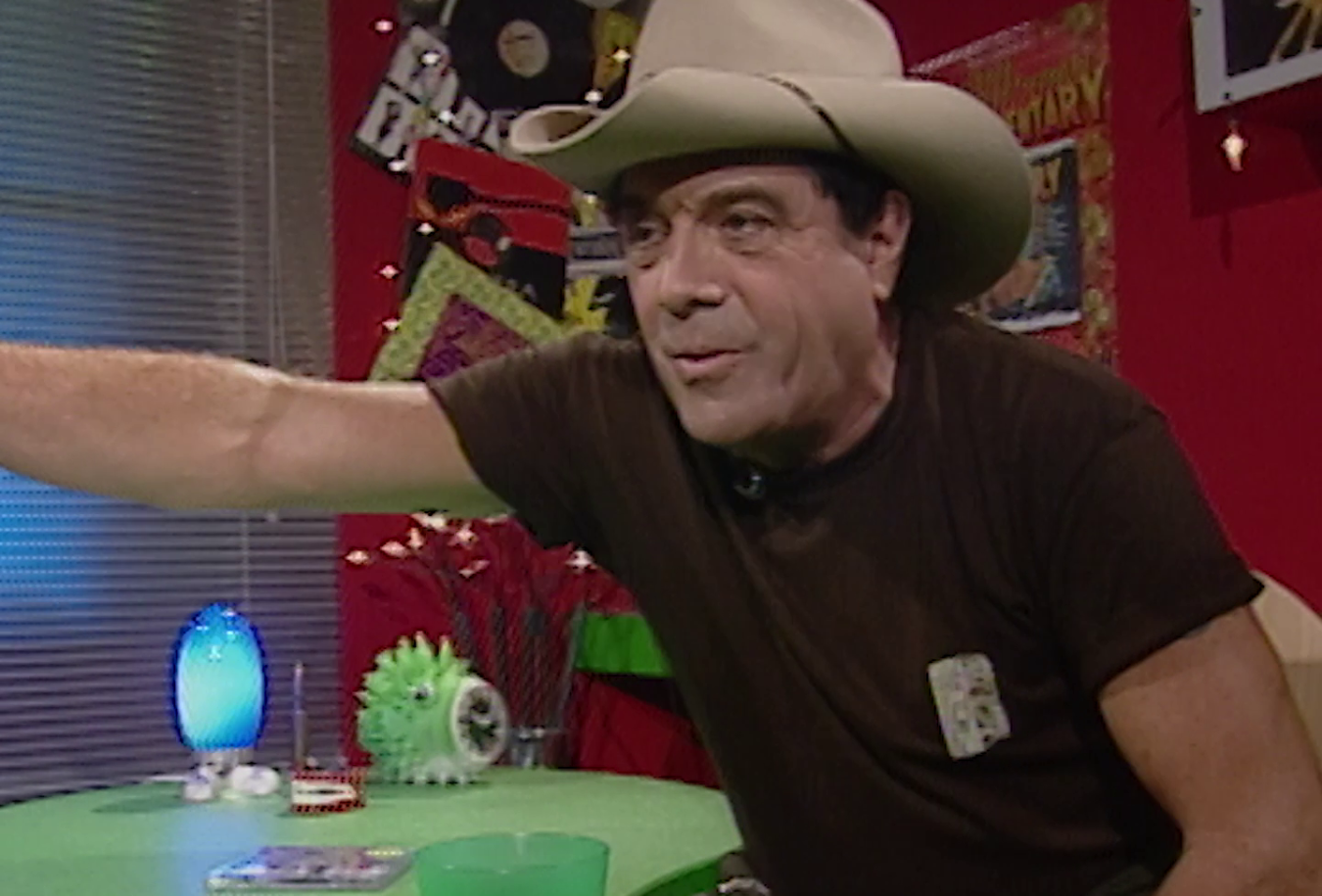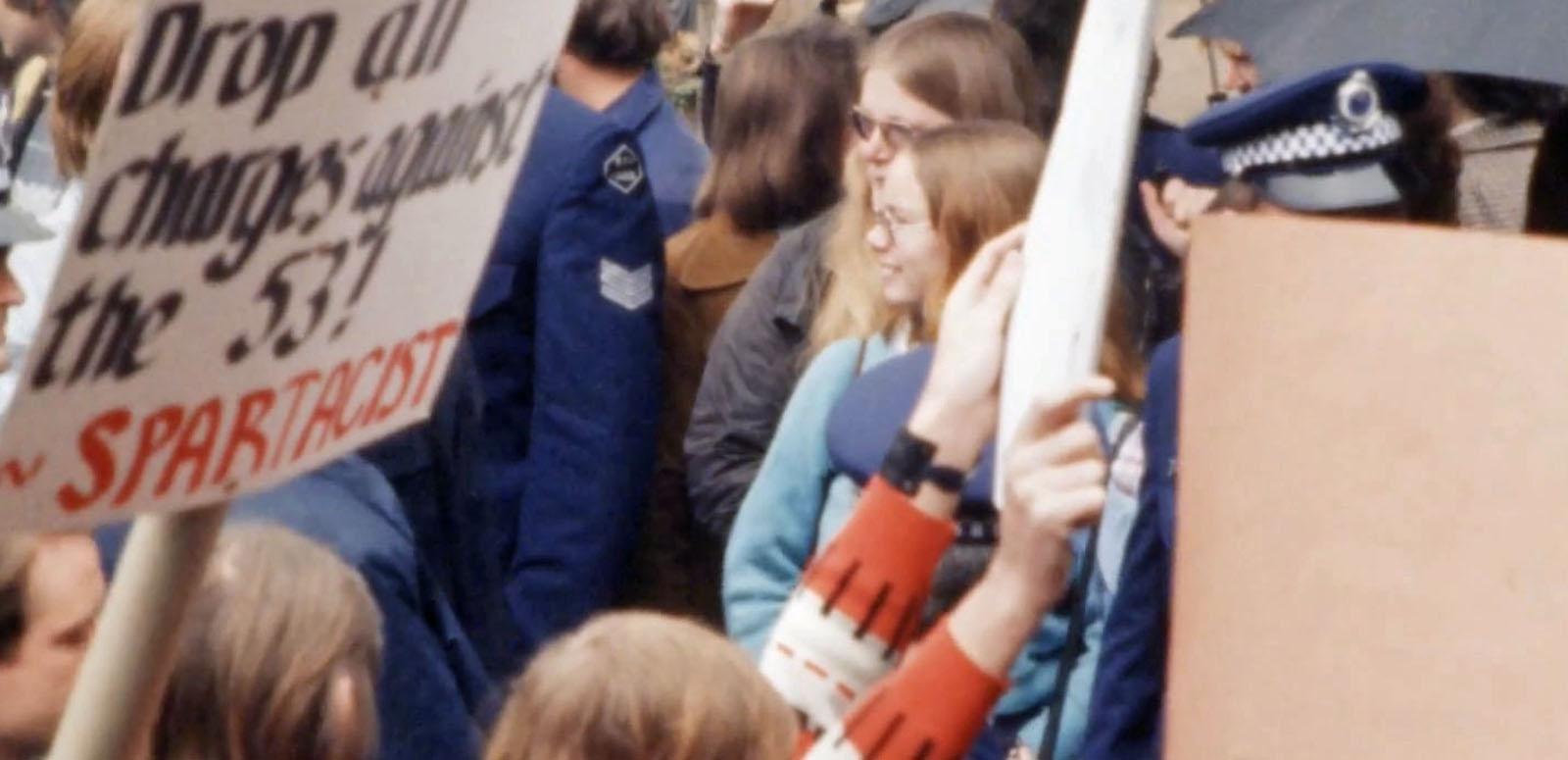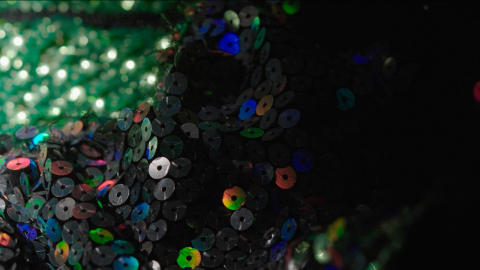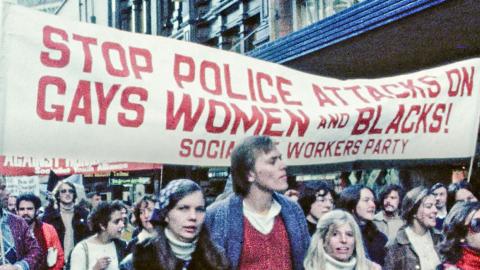The NFSA marks the 2025 Sydney Gay and Lesbian Mardi Gras with recently discovered news file footage from the first Mardi Gras and subsequent lesbian and gay rights protests in Sydney in June 1978. Guest contributor Ken Davis, one of the organisers of the first Mardi Gras, recalls how the event came about and the 'Drop the Charges' campaign that followed.




